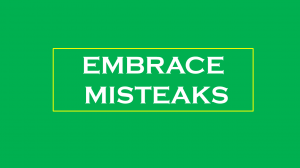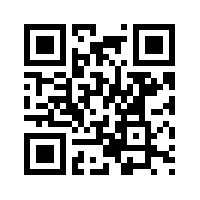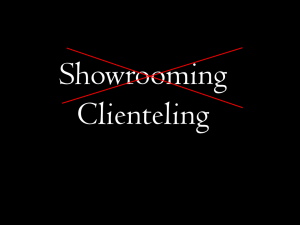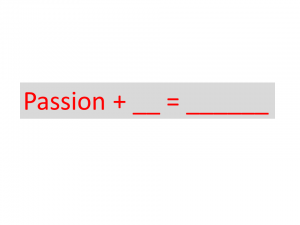College graduation season is upon us. This annual rite of passage is being experienced by graduates and their loved ones across the country. Members of the Class of 2014 have plenty of company; the National Center for Education Statistics estimates that 1.6 million Bachelor degrees will be conferred this year. Competition is intense for newly minted grads entering the workforce, both among themselves and against entrenched professionals looking to either move up in their careers or move on to new opportunities. Given this environment, today’s college graduates are challenged with differentiating themselves to gain an upper hand and launch their careers.
Spring Commencement was held at my university, Middle Tennessee State University, on Saturday. Although the ceremony was long (more than three hours), the energy and excitement in the arena coming from grads and their families makes the time pass rather quickly. At the same time, I like following related hashtags on Twitter to find out what grads and others in attendance are thinking and feeling. One tweet stood out on Saturday- It was from a grad who observed during the ceremony that “Cs get degrees.” Her self-congratulatory comment was cute, but at the same time I saw this person as someone who may not be prepared for the road ahead. Yes, she has degree in-hand, but what is that worth? It will not parlay directly into a job, nor will her degree assure a paycheck… or anything else, for that matter.
So what does a college degree give you in 2014? Here are three observations:
Your Degree = You’re Trainable
I once had a boss tell me during the interview process “your degree does not mean much to me. It tells me you’re trainable.” At the time, I was a bit offended and hurt by that remark. After all, I worked hard to join my brother as first-generation college graduates in our family. Now, someone who I hoped would hire me says my degree does not mean anything? In hindsight, I understand and appreciate what my boss was telling me. The classes I had taken to earn a degree in Marketing did not directly prepare me to perform the tasks as a sales representative. But, I was able to learn and adapt to the company’s systems and procedures in order to succeed in that position.
Your Degree = You’ve Been Exposed
Another indicator provided by a college degree is that you have been exposed to certain concepts, theories, and ideas that are relevant to a particular field or discipline. Traditionally, the value of a college degree via exposure came from the class lecture as professors sought to fill up students’ minds with facts. This system resembles going to a gas station, putting the pump in your car, and filling up. When students’ brains are “topped off,” it is time to graduate. The gas station model of higher education is being challenged as demand for new, specialized skills is creating a need for more hands-on learning to complement, if not overtake the lecture as dominant learning model. Thus, the value of exposure to knowledge is losing its edge as demand increases for more skilled graduates.
Your Degree = Your License to Compete
So if your college degree’s impact is limited to being an indicator of being trainable and exposure to subject matter, why should people bother investing time and money to pursue a degree? The answer is simple- Your degree is a license to compete in the marketplace. Employers are looking for evidence of being trainable and a knowledge base. Earning a college degree is a form of table stakes, allowing you “play” against others wanting the same thing as you. A degree is not a ticket to success; it is admission to the next round of competition in which you must differentiate your personal brand.
A New Beginning
To the student who boasted “Cs get degrees” and others in that category, unremarkable academic performance might put them at a competitive disadvantage for being considered for some jobs but is not a permanent disability. Given that a degree shows you are trainable, have been exposed to certain knowledge, and are eligible to compete in the job market, you are in the game. The question now becomes what does one do to build a distinctive brand.
Of course, there is precedent to the idea that C students can not only compete but thrive. Fred Smith, founder of FedEx, first developed ideas for his package delivery air service while a student at Yale University, Legend has it that he earned a C on the term paper about his idea. Smith says he cannot remember the grade, but the point is that he did not accept how others (namely his professor) constrained him. Your grades ultimately will not determine your success, but it is up to you to not accept mediocrity when it comes to your personal brand.












